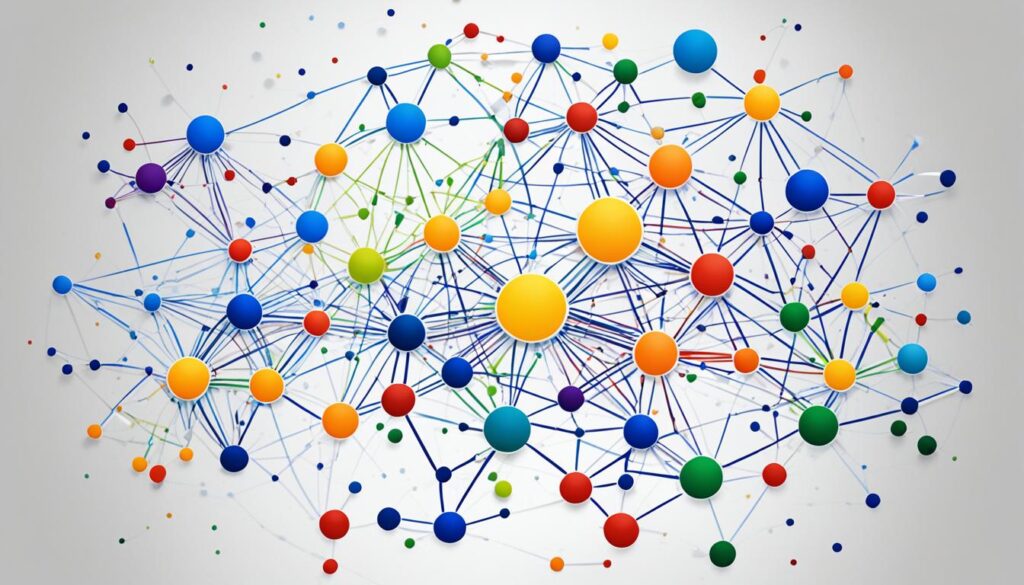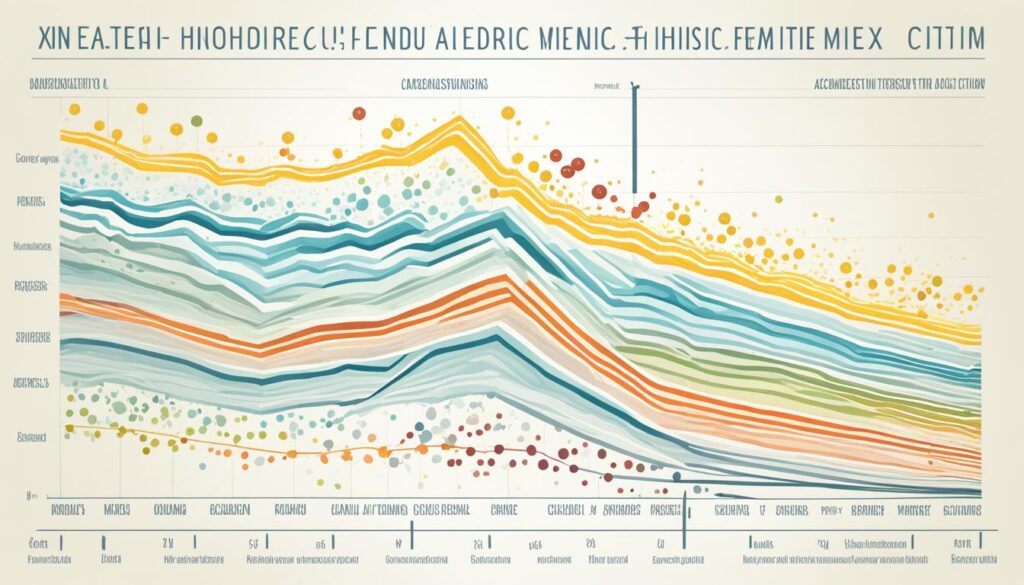Our industry report examines dental research quality indicators, providing insights into publication success in prestigious journals.


Our industry report examines dental research quality indicators, providing insights into publication success in prestigious journals.

Discover effective strategies for maximizing Publication Strategy, Research Visibility, Author Guidelines, Impact through expert-driven MESH indexing techniques for academic success

Did you know that managing your Google Scholar profile can increase your citations by up to 30%? This shows how important it is to keep your research profile up to date. It helps make your work more visible in the academic world. Today, having a strong profile on Google Scholar is key. It’s a major way to share and find scholarly work. By following the…

Did you know that tracking citations is key for scholars? Tools like Scopus and Google Scholar help researchers see how often their work gets cited. It usually takes 6-9 months for these citations to show up, showing why tracking research impact is crucial1. As the academic world changes, understanding how to measure research impact is more important than ever. The tools and techniques for 2024-2025…

Did you know an author with an h-index of 20 has published at least 20 papers? Each paper must be cited at least 20 times. This metric, created in 2005 by physicist Jorge E. Hirsch, is key for measuring research output and impact in academia. It’s vital as we head into 202413>. The h-index looks at both how much you publish and how important your…